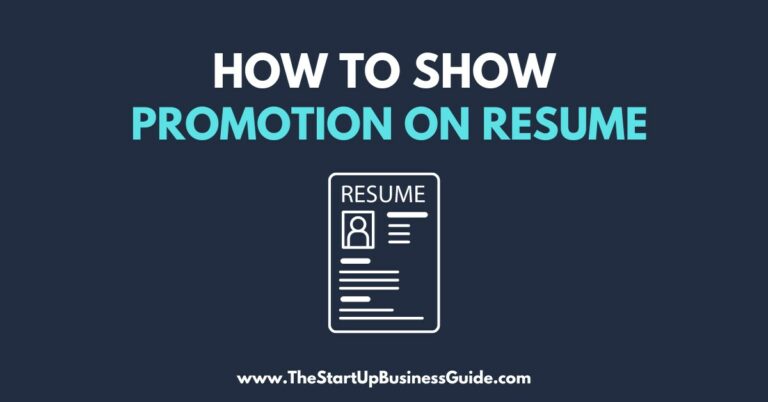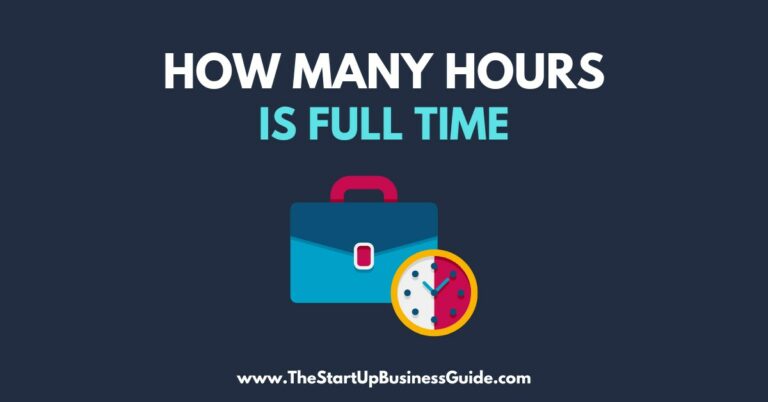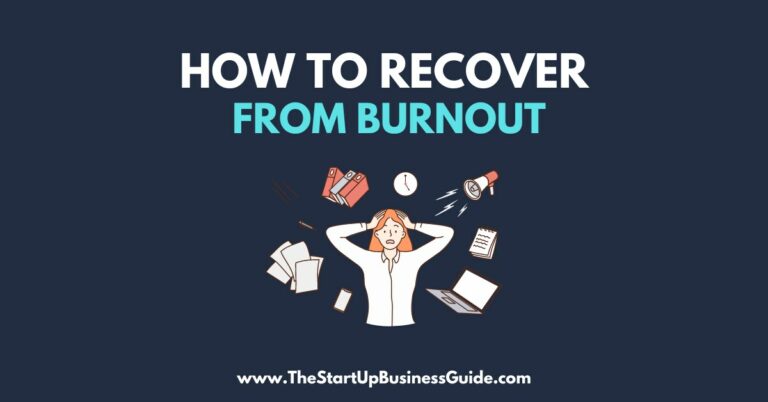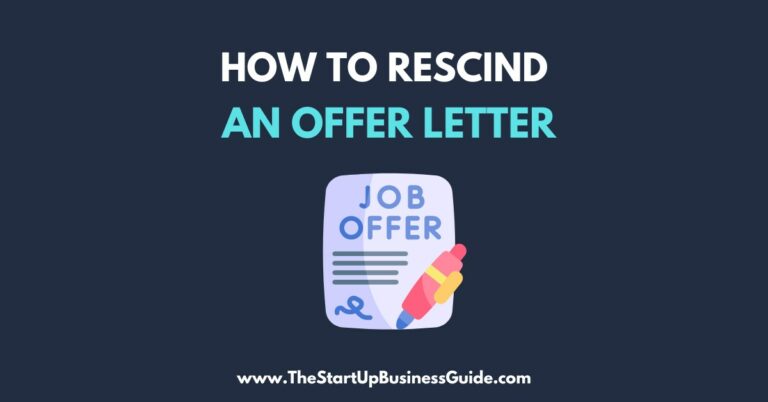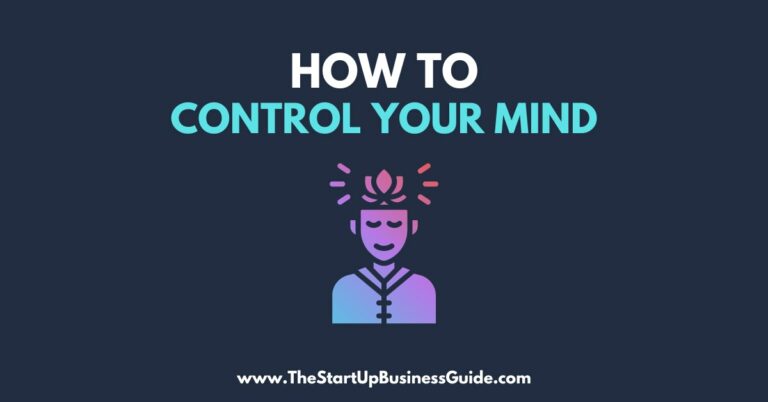How to Make a Resume with Examples
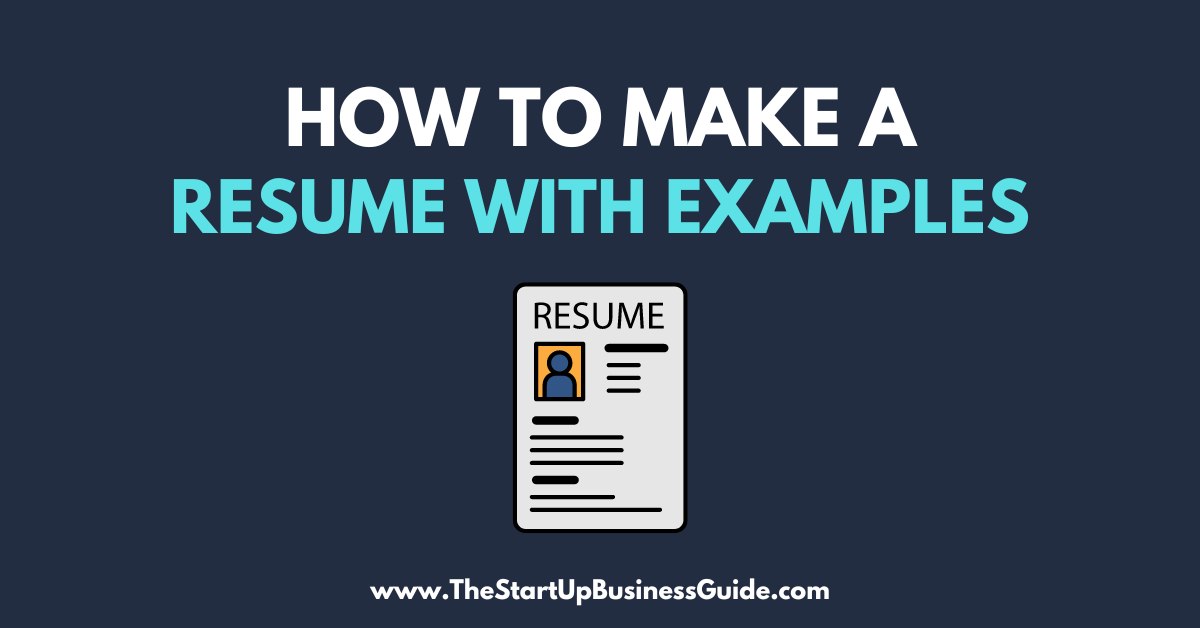
A resume is an important document that tells potential employers about your qualifications and skills.
It’s important to have a well-crafted resume to help you stand out in today’s job market.
In this article, we’ll give you tips and examples for making an effective resume.
Understanding the Purpose of a Resume
The main purpose of a resume is to showcase your qualifications and skills to potential employers.
It’s like an advertisement for you and your skills.
Employers use resumes to decide if they want to interview you for a job.
So, it’s important to make sure your resume is clear and easy to read.
There are a few key elements that should be included in a resume.
These include your education, work experience, and skills.
It’s important to include any relevant information that will help you stand out to employers.
Choosing a Format
There are a few different types of resume formats you can use.
The three most common types are chronological, functional, and combination.
A chronological resume is the most common type. It lists your work experience in order from most recent to least recent.
A functional resume focuses more on your skills than your work experience. It’s a good option if you have a lot of skills and not a lot of work experience.
A combination resume is a mix of both chronological and functional. It lists your work experience and skills together.
It’s important to choose the right format for your resume.
Each type of format has its own pros and cons.
For example, a chronological resume is good if you have a lot of work experience, while a functional resume is good if you have a lot of skills.
Tailoring to the Job
It’s important to tailor your resume to the specific job you’re applying for.
This means you should research the job and the company you’re applying to.
Find out what skills and qualifications they’re looking for and make sure to include those in your resume.
It’s also a good idea to use the same language as the job posting in your resume.
Writing the Resume
There are a few tips and best practices for writing each section of your resume.
The headline is the first thing employers will see, so it’s important to make sure it’s clear and grabs their attention.
The summary is a short overview of your qualifications and experience.
It’s important to make sure it’s concise and to the point.
In the education section, include any degrees or certifications you have.
In the work experience section, make sure to list your job title, the company you worked for, and the dates you worked there.
Also, include any relevant accomplishments or responsibilities you had in that role.
The skills section is where you can list any relevant skills you have.
It’s important to use the same language as the job posting in this section.
It’s also important to have a strong cover letter.
The cover letter is an opportunity to show your personality and explain why you’re a good fit for the job.
Final Tips and Resources
Remember to proofread your resume and make sure it’s free of errors.
It’s also a good idea to have someone else review it as well.
There are also a lot of helpful resources available online.
You can find resume templates and online resume builders to help you create your resume.
Conclusion
Having a well-crafted resume is important in today’s job market.
It’s your opportunity to show potential employers your qualifications and skills.
We hope this post has given you some helpful tips and examples for creating an effective resume.
Always remember to tailor your resume to the specific job you’re applying for and to seek feedback from others.
Don’t be afraid to make revisions as necessary. And don’t forget to take the time to create a strong cover letter as well.
By following these tips and using the resources available, you’ll be on your way to creating a resume that will help you stand out and land your dream job.
Good luck on your job search!
FAQs about Making a Resume
Here are some frequently asked questions on writing a resume.
What is the purpose of a resume?
A: The purpose of a resume is to present your qualifications, skills, and experience to potential employers in a clear and concise manner, with the goal of obtaining an interview for a job.
How long should a resume be?
A: A resume should be 1-2 pages in length, depending on your level of experience and the job you’re applying for.
What should be included in a resume?
A: A resume should include your contact information, education, work experience, skills, and any relevant certifications or awards.
How should I format my resume?
A: A resume should be formatted in a clean, clear, and easy-to-read manner, using bullet points and clear headings.
What are some common mistakes to avoid when writing a resume?
A: Some common mistakes to avoid when writing a resume include typos, grammatical errors, listing irrelevant information, and not tailoring your resume to the specific job you’re applying for.
Should I include an objective statement on my resume?
A: An objective statement is not necessary on a resume, but if you choose to include one, it should be concise and focus on how your skills and experience align with the job you’re applying for.
Should I include my references on my resume?
A: It’s not necessary to include references on your resume, but you should have them available to provide to potential employers upon request.
How should I list my education on my resume?
A: Your education should be listed in reverse chronological order, starting with your most recent degree or course of study. Include the name of the institution, the degree or certification earned, and the date of graduation.
How should I list my work experience on my resume?
A: Your work experience should be listed in reverse chronological order, starting with your most recent job. Include the job title, company name, dates of employment, and a brief description of your responsibilities and accomplishments.
How should I list my skills on my resume?
A: Your skills should be listed in a separate section of your resume, and should be tailored to the specific job you’re applying for. Use bullet points to list your skills and consider including a mix of hard and soft skills.
Should I include a photo on my resume?
A: It’s not necessary to include a photo on your resume, and in some cases it may be best not to include one. But if you decide to add one, ensure it’s professional and recent.
How should I list my certifications and awards on my resume?
A: Your certifications and awards should be listed in a separate section of your resume, and should be tailored to the specific job you’re applying for. Include the name of the certification or award, the date it was earned, and the awarding institution.
Should I use an online resume builder to create my resume?
A: Online resume builders can be a useful tool for creating a professional-looking resume, but it’s important to ensure that the information you enter is accurate and tailored to the specific job you’re applying for.
Should I use a template when creating my resume?
A: Using a template can be a useful way to create a professional-looking resume, but it’s important to ensure that the template you choose is tailored to the specific job you’re applying for, and that you customize it to highlight your unique qualifications and experience.

